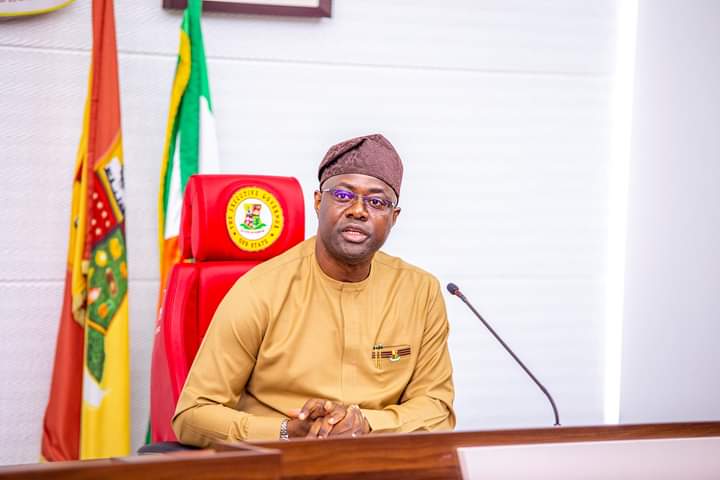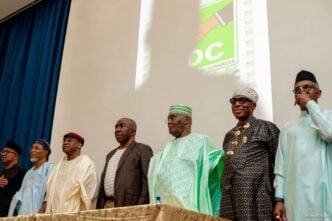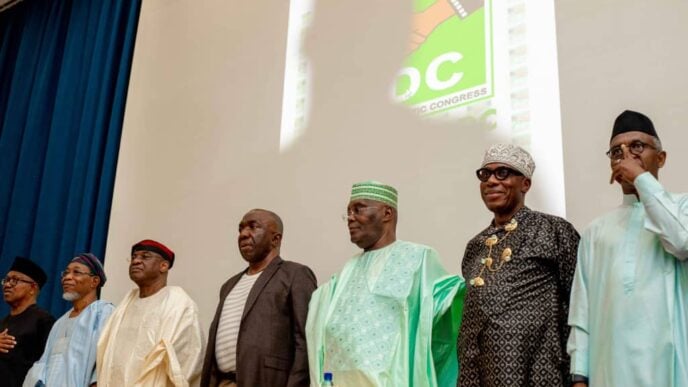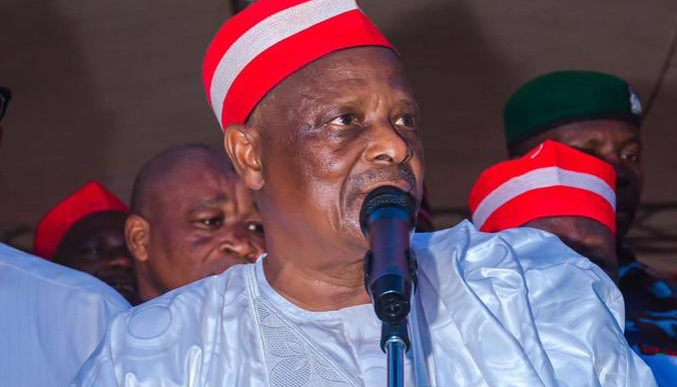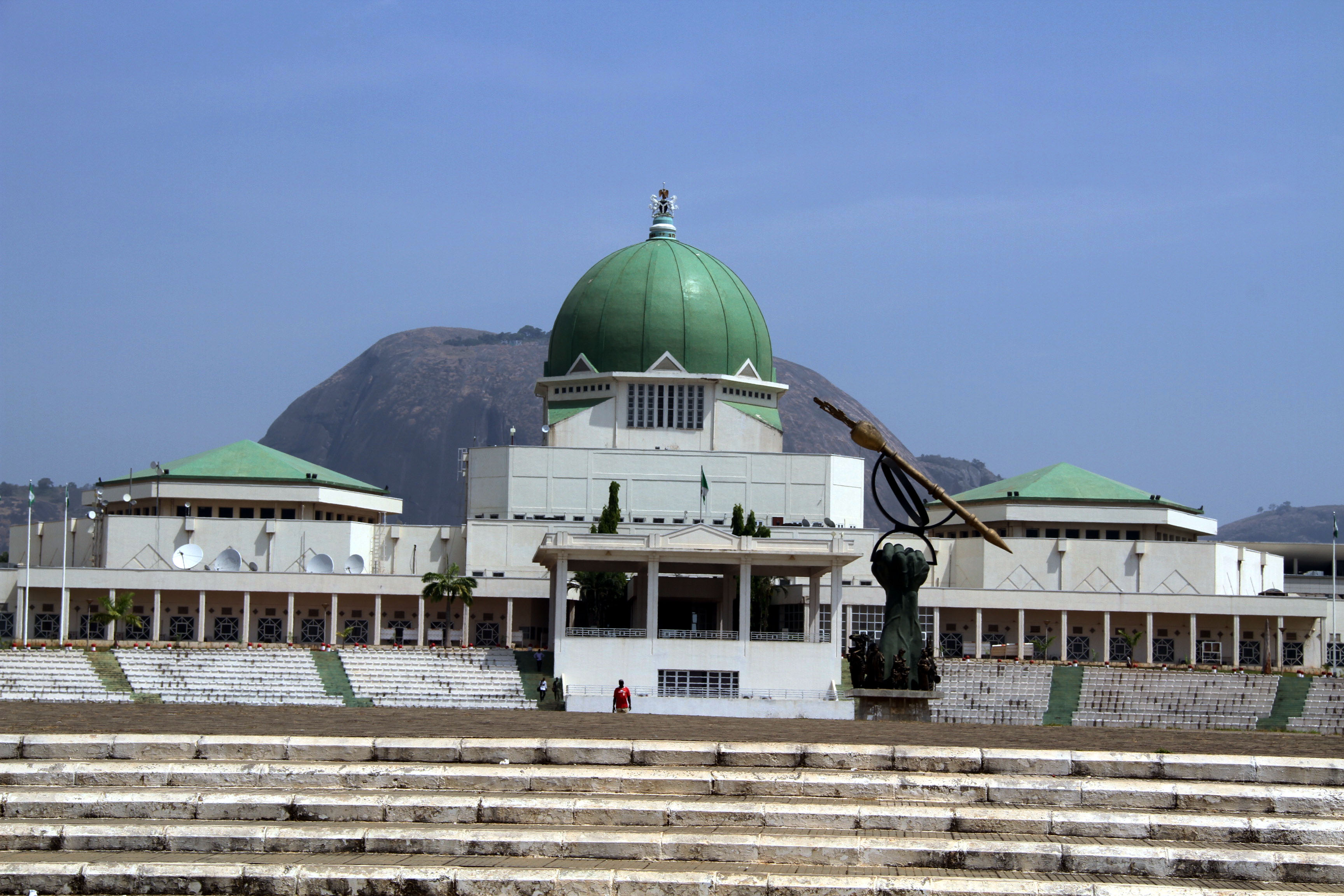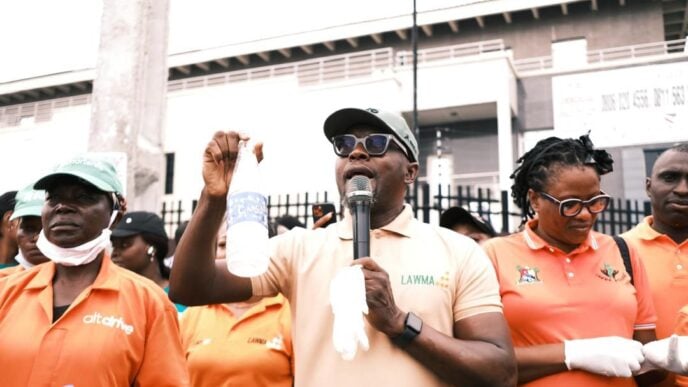Seyi Makinde
BY ADEDOKUN SEYI
Oyo state’s bold claim that foreign exchange volatility justified its lavish N63.4 billion renovation of the government house is more than flimsy – it is unapologetic prodigality. To put it bluntly, this one-time redirection consumes nearly all of the N65.2 billion the state generated internally in 2024. That sum didn’t build schools, didn’t bolster healthcare, didn’t power economic engines, but it is to redecorate the governor’s residence.
Any justification rooted in forex swings conveniently ignores that every sector – roads, health, education, moved forward despite the same currency turbulence. Only this one building got the bailout. If history has taught Nigerian states anything, it’s that superficial grandeur rarely translates into long-term prosperity.
What lifts societies is not ornate ceilings or imported tiles in government residences, but bold, strategic investments that place citizens at the centre of development. That is the irreversible truth Governor Seyi Makinde’s administration seems to have ignored with the ₦63.4 billion renovation, an allocation nearly matching the state’s entire internally generated revenue (IGR) for 2024. When a state chooses to spend what it earns in a whole year on refurbishing a building few citizens will ever enter, it raises serious questions about its vision, values, and priorities.
Advertisement
Governor Seyi Makinde’s administration is not without merit. Under his watch, IGR has seen a staggering 145.5 percent increase since 2019, catapulting Oyo into the top ten revenue-generating states in Nigeria. Urban arterial rehabilitation, such as the Circular Road and Airport Drive, and rural connectivity showcase real, palpable progress. Agribusiness initiatives, training for over 4,000 youths, and consistent wage payments reflect thoughtful policy. These are the hallmarks of good governance. But governance is measured by priorities. The moment Oyo redirected a percentage of its annual revenue to refurbish decorative ceilings, the narrative shifted from progress to pretence. In a world facing grid instability and climate threats, Oyo is not investing that money into energy, empowerment, or enterprise.
Neighbouring countries like Zambia have recently deployed over 600 MW of solar energy with a $3.4 billion investment to supply their citizens reliably. South Africa’s REIPPPP has successfully fueled 6,200 MW of renewables through independent producers, powering homes, clinics, and factories. Local off-grid solar mini-grids in Kenya and Nigeria have quadrupled rural household incomes and boosted school performance, a 400 per cent increase post-installation. And Benin’s €550 million “farm-to-fashion” textile drive aims to quintuple manufacturing capacity by 2030, adding an estimated $12 billion value to its economy.
If Oyo had allocated ₦63 billion to off-grid solar or gas-powered micro-grids, it could have brought dependable power to hundreds of communities, powering cold storage for farmers and boosting agribusiness. According to Nigeria’s National Bureau of Statistics, the multidimensional poverty rate stands at over 63% of the population, with Oyo State’s poverty index hovering around 25%–30%, depending on the metric used.
Advertisement
A modest N10–N20 billion seed could kick-start a state-owned textile mill-carrying cotton from Oke‑Ogun through production, employing thousands, diversifying the economy, and reducing dependency on imported fabrics. Food security was also pushed aside for chandeliers when Nigeria needs about ₦1.5 trillion annually for agricultural investment. While Oyo could not plug that entire gap, spending out of ₦63 billion would have meaningfully improved irrigation, mechanisation, and storage for its dominant rural population, 60 per cent of whom depend on farming.
Even Egypt’s Benban Solar Park, which was funded with €340 million, generates 580 MW of wind power and 1,650 MW of solar, supplying electricity to millions and creating jobs. With the equivalent of just a fraction of that cost, Oyo could build solar farms and leasing frameworks with private partners to bring low-cost power to its industrial zones, attracting investors and reducing unemployment. In Ghana, the “One District, One Factory” policy under the Akufo-Addo government directly supported over 100 factories across different regions. Many of these were agro-processing plants, relatively low-cost, high-return ventures, which provided local jobs and helped stabilise food prices through value-chain integration.
Oyo, with its agricultural potential and central location in Nigeria’s southwest, is a natural hub for such development. Instead of importing tomato paste or rice, the state could have scaled processing centres in Iseyin or Oyo town, creating thousands of jobs while supplying markets in Lagos, Kwara, and Osun. At a conservative estimate, ₦63 billion could establish over 40 mini-processing plants, each employing 100–300 people directly, and impacting thousands more indirectly through logistics, retail, and value-addition.
A state keen on business competitiveness would prize clean energy and value-adding industries over elaborate lodgings. The ROI could be seen immediately: lower food costs, employment, reduced blackouts, healthier rural economies, and a rising local tax base. Dollars spent on bricks and paint don’t yield returns – the returns of a nascent textile mill do. It’s no surprise that, in other African economies, governments are abandoning grand residences and focusing on enterprise and people.
Advertisement
Zambia’s solar rollout, Benin’s textile drive, Ethiopia’s wind farms, and South Africa’s solar plants are all about scaling human opportunity, not enhancing state hospitality. Oyo’s choice, by contrast, betrays a regressive mindset by funding a palace over potential. Weighed against evidence, ₦63 billion should have been a catalyst, not a capstone. If Oyo’s leadership channels even a fraction of that sum into clean power, local manufacturing, food-value chains, or rural SMEs, the results would outshine any ornament-laden corridor. The difference between governance and grandstanding isn’t delivery but direction.
It is difficult to shake off the sense that Oyo State’s current government, in this instance, succumbed to the kind of elite insularity that sees public funds as instruments of image projection rather than human transformation. While the Makinde administration deserves praise for many infrastructure wins, this decision reveals an alarming detachment from the economic reality of most Oyo residents.
While Governor Seyi Makinde’s administration has made commendable strides in infrastructure, roadworks, and fiscal reforms, its utter negligence toward Oyo State’s vast tourism potential is baffling and deeply disappointing. Nowhere is this failure more evident than in the neglect of once-cherished cultural landmarks like Bowers Tower, the Eleyele Waterfront, and other heritage sites that, if revitalised, could transform Oyo into a tourism powerhouse in Nigeria’s southwest.
Bowers Tower, a colonial-era architectural gem that stands on the highest point in Ibadan, is a prime example of missed opportunity. Despite its panoramic view of the entire Ibadan landscape, the site is in a state of embarrassing disrepair, its steps crumbling, and its surroundings overgrown, with no clear signage or visitor amenities. For a tower built in 1936 and located within minutes of the University of Ibadan and key city neighbourhoods, its underdevelopment is a striking symbol of government indifference.
Advertisement
In countries like Ghana and Senegal, similar historical landmarks such as the Cape Coast Castle or House of Slaves on Gorée Island have been restored and now pull in tens of thousands of tourists each year, contributing millions of dollars annually to local economies. Ghana alone made over $3.3 billion from tourism in 2019, a large chunk of which came from visits to historical and cultural sites. Imagine the ripple effect if just ₦5–₦10 billion from the ₦63.4 billion renovation fund had been invested into revamping Bowers Tower, providing a visitor centre, local artisan shops, eco-friendly landscaping, security, and cultural programming. With basic international tourism promotion, this could draw thousands of tourists annually, especially during cultural festivals like the Oke Ibadan festival or the Oyo Oranyan Festival. Local businesses would thrive, hospitality would bloom, and tax returns would rise, creating a sustainable value loop.
Even more tragic is the wasted potential of the Eleyele waterfront, a location with natural beauty and capacity for both leisure and business tourism. From beach resorts to conference centres, riverside restaurants, water sports, or cultural markets, Eleyele could easily have become Ibadan’s own Lekki beachfront. With modest capital outlay, the site could be transformed into a hub for both domestic and international tourism. Lagos generates over ₦500 billion annually from tourism-related activities – why shouldn’t Oyo, with its historical advantage, share in that prosperity?
Advertisement
Mapo Hall, Agodi Gardens, and Irefin Palace are places that once defined Ibadan’s glory but now limp under poor funding and zero strategic vision. According to a 2023 report by the Nigerian Tourism Development Corporation (NTDC), Oyo State ranks among the top five in cultural and heritage potential but falls short in infrastructure readiness, digital tourism marketing, and investment mobilisation.
In simpler terms, the state has gold buried beneath its soil but continues to chase pebbles in the name of aesthetic political spending. From an economic standpoint, investing in tourism is one of the lowest-cost, highest-return options for sub-national governments. The World Travel & Tourism Council (WTTC) reports that in 2022, tourism accounted for 10.3% of global GDP, supporting over 300 million jobs worldwide. Countries like Kenya, Rwanda, and Egypt have built robust tourism ecosystems that generate billions annually.
Advertisement
Rwanda, for instance, earned over $445 million in 2023 from eco-tourism and gorilla trekking alone, reinvesting that into conservation, education, and healthcare. If Oyo State had allocated even ₦20 billion of the government house renovation cost to reviving its tourist sites, building infrastructure around them, training guides, and launching a digital promotion campaign, it could have launched a mini-tourism revolution. Local airlines, ride-hailing services, hoteliers, food vendors, and artisans would feel the impact. Employment would surge.
Most importantly, the economy would diversify, bringing the state closer to the elusive goal of financial autonomy. Instead, the money was buried in marble tiles, ornate chandeliers, and banquet halls that few citizens will ever see. The economic waste is evident. The moral cost is incalculable. Tourism isn’t just about fun; it is an industry, a job creator, a cultural bridge, and a revenue stream.
Advertisement
Until the Oyo State government understands this and realigns its spending from vanity to vision, the dream of financial freedom will remain as unreachable as the top of a neglected Bowers Tower. It’s time to spend with foresight. It’s time to trade polish and political aspirations for prosperity.
Adedokun Seyi is a concerned Nigerian writer. He can be reached at [email protected]
Views expressed by contributors are strictly personal and not of TheCable.
